Will data or collaboration solve it?
Data sharing has always been a hot topic in the air travel industry, and it’s easy to see why. With over 20 stakeholders involved in any given passenger journey, along with the competitive yet cooperative nature of industry, it’s no wonder data is often said to be siloed and disconnected. And that’s if it’s even being captured and digitized at all!
Although data has arguably always been a problem, it’s becoming critically important as the air travel industry grows. Airports are under increasing strain to keep up with capacity demands, with the number of flights and passengers forecast to nearly double un the next 20 years, outstripping airport expansion by a factor of 20 to 1.
This issue is larger than any single airport. With little spare capacity, problems in one airport can quickly ripple through the ecosystem and cause delays that will impact the operations of airlines and other airports. So it goes without saying that we need to act now if we’re to overcome this capacity gap, but what actions should we take and how?
We need a holistic view
During a workshop at the recent SITA Innovation Forum, participating airlines and airport executives convened to discuss the steps we as an industry need to take to utilize existing airport infrastructure more efficiently, and to transform airport operations of the future.
It was agreed that collaboration, data, and technology are more important than ever. Participants echoed the need for better integrated systems and technologies to provide a holistic view of airport operations and facilitate collaborative decision-making. Here are some takeaways from the workshop:
‘Seeing the unseen’: Lidar technology
Lidar is a promising technology being explored to help shed light on aircraft turnaround and passenger movements. For years we’ve heard of Lidar being used for 3D mapping and seeing the physical world by measuring the time it takes for light to bounce off objects.
Lidar technology offers exciting possibilities due to its range of sight and GDPR compliance. In the context of turnaround processes, Lidar is being explored to further monitor ground handling staff and equipment to gain better oversight of turnaround activities and milestones. By enabling stakeholders to gather data and insights, the technology helps them to proactively manage turnaround and increase on-time performance.
Lidar is also being examined to help monitor passenger flows through the airport by capturing the speed and direction of passengers as they move through the airport to their gate. Having more oversight of the passenger journey would enable airports to manage queues more efficiently by understanding where to deploy resources to prevent delays.
‘Connecting the unconnected’: AI
It was all too clear from the workshop discussions that airlines, airports and passengers expect to reap tangible benefits from Artificial Intelligence (AI) across all aspects of the journey. The obvious benefit right now lies in AI’s ability to find patterns, providing meaning to the growing amount of data being collected, and enabling other technologies.
By linking data points, establishing correlations and predictions, AI ‘connects the dots’ across airport operations, helping to provide airport management with a holistic view. When IT decision makers were asked in which area AI would offer the most value, they were quite decisive in their answer, with flight prediction topping their list, followed by passenger flow, aircraft turnaround, and baggage operations (see diagram).
A new way to visualize operational data
Digital Twins was another key focus among workshop participants. Digital Twins are being looked at as the technology to amplify situational awareness by allowing stakeholders to intuitively visualize operational data, by mirroring the operation itself in one comprehensive virtual model.
Formula 1 teams already use Digital Twins to track race cars as they speed through a track to see everything that is happening in real time. As every second counts, these simulations can help drivers better understand what adjustments to make to improve performance.
At SITA, we’ve been testing Digital Twins in cooperation with a major US airport to create an immersive and interactive 3D interface with a conversational user interface giving a total view of airport operations. We also deployed Digital Twins in a major European airport to visualize inbound aircraft and estimate the flow of passengers into immigration. We continue to explore how to replicate potential or actual scenarios to better understand operational cause and effects, and potentially maximize airport performance.
Overcoming the capacity crunch
To move the air travel industry forward, it’s clear that we need a combination of collaboration, data and technology, in equal measure of importance. By collaborating around the use of new and emerging technologies, we can capture, understand and integrate data to gain a single source of truth and an instant view of operations.
To date, the concept of Airport Collaborative Decision Making (A-CDM) has enabled greater coordination of airside processes through real-time data exchange, implementation of shared operational procedures, as well as increased stakeholder cooperation. A-CDM has demonstrated clear practical benefits by increasing turnaround efficiency, flight predictability and operational efficiency.
A-CDM’s focus is on airside and aircraft turnaround. Looking ahead, the next phase of managing airport operations is the concept of Total Airport Management (TAM), which integrates both airside and landside activities, as well as any related data which could impact the passenger journey.
Lidar, AI, Digital Twins and other emerging technologies all have the potential to enhance the application of A-CDM and help realize TAM. Through real-time information sharing around flights, passengers, and bags, everyone will have full visibility of each activity via a shared platform. This will help stakeholders to further align themselves towards a common goal and to collaboratively make decisions for the greater good of the operation, making the best use of airport infrastructure to overcome the capacity crunch.
Perceived A.I. priorities for the industry
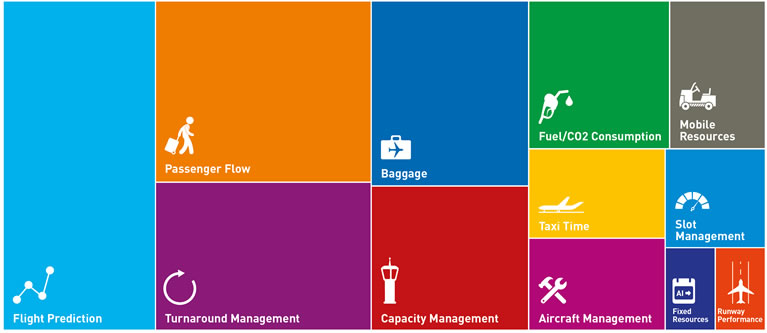
Set by ˜50 SIF participants coming mainly from airlines and airports






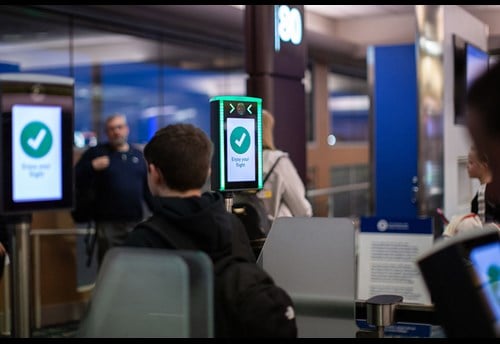
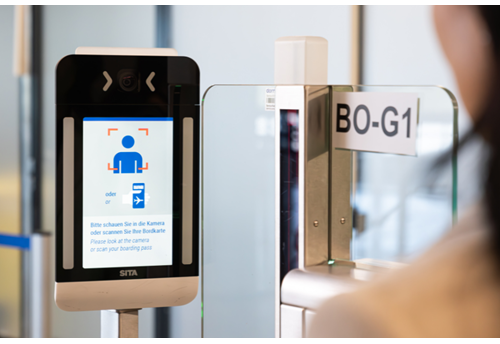
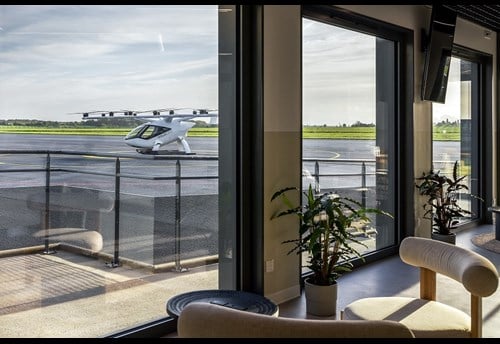
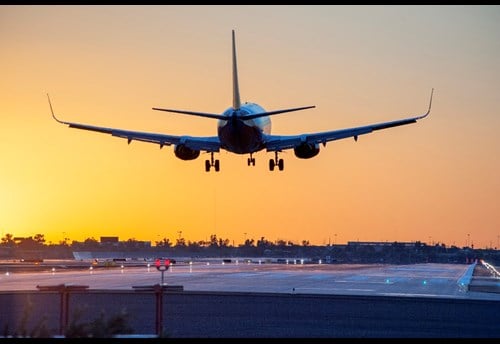
0 Comments